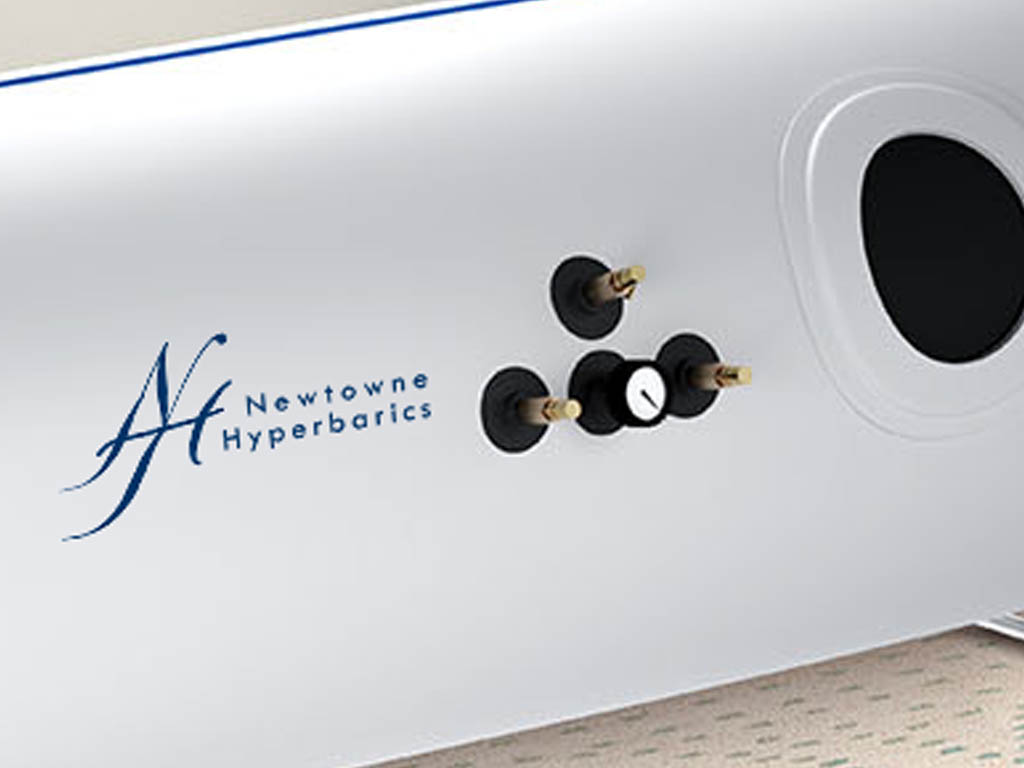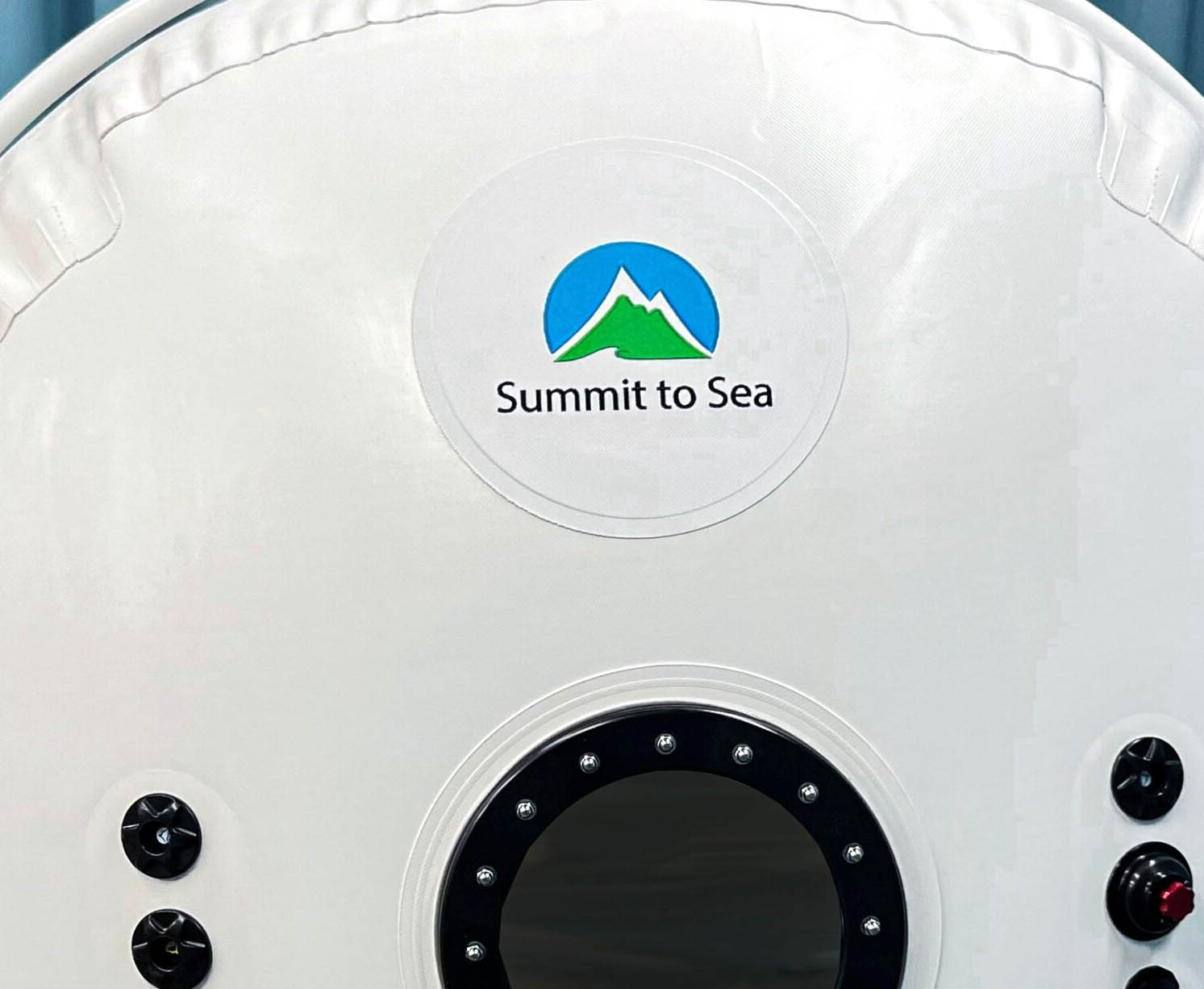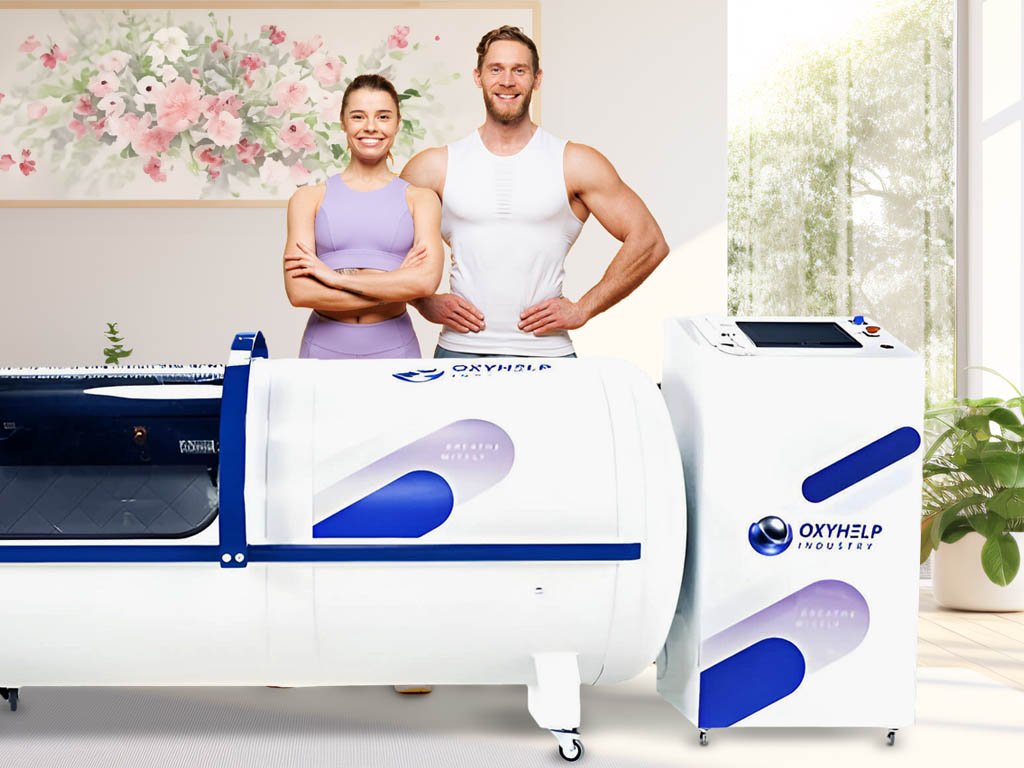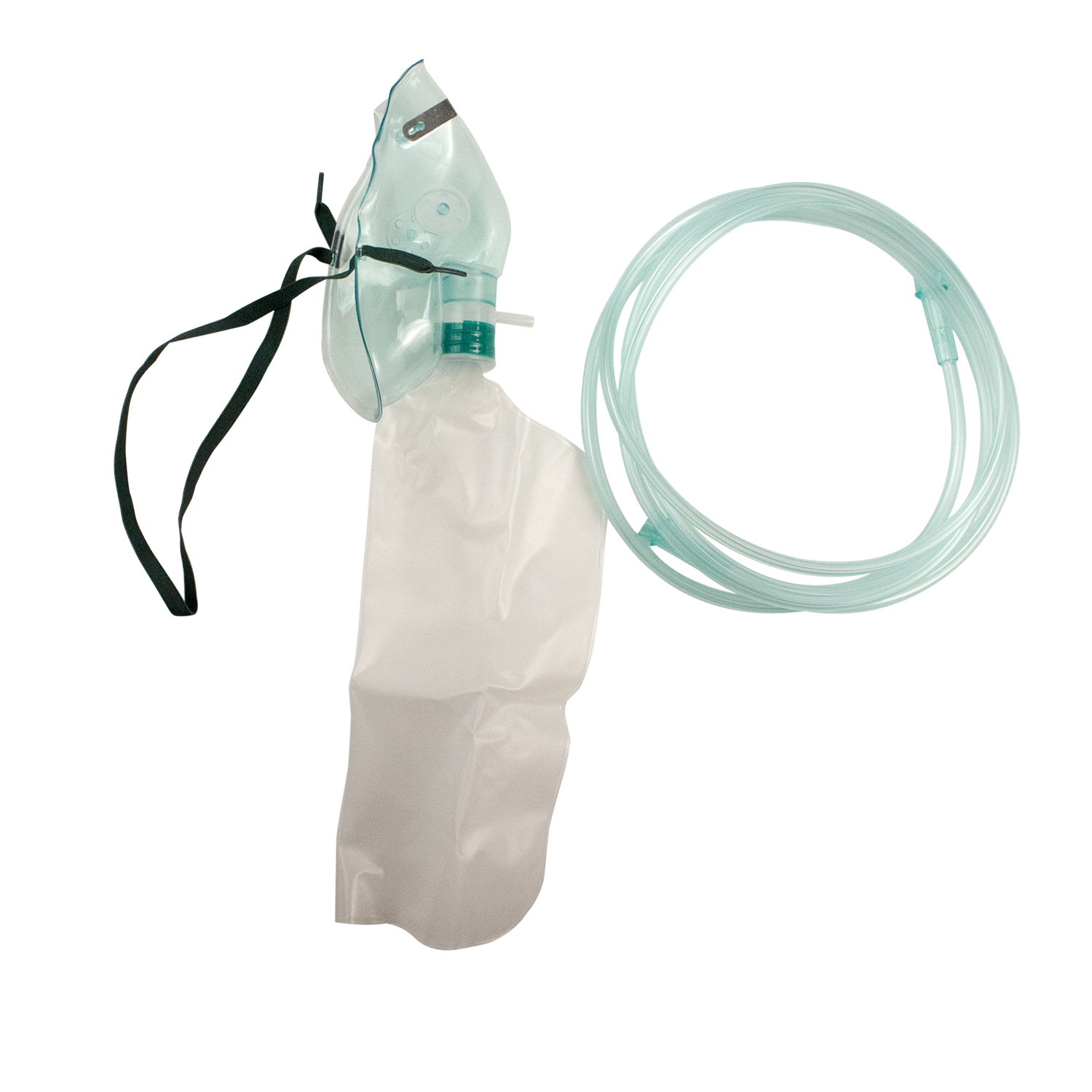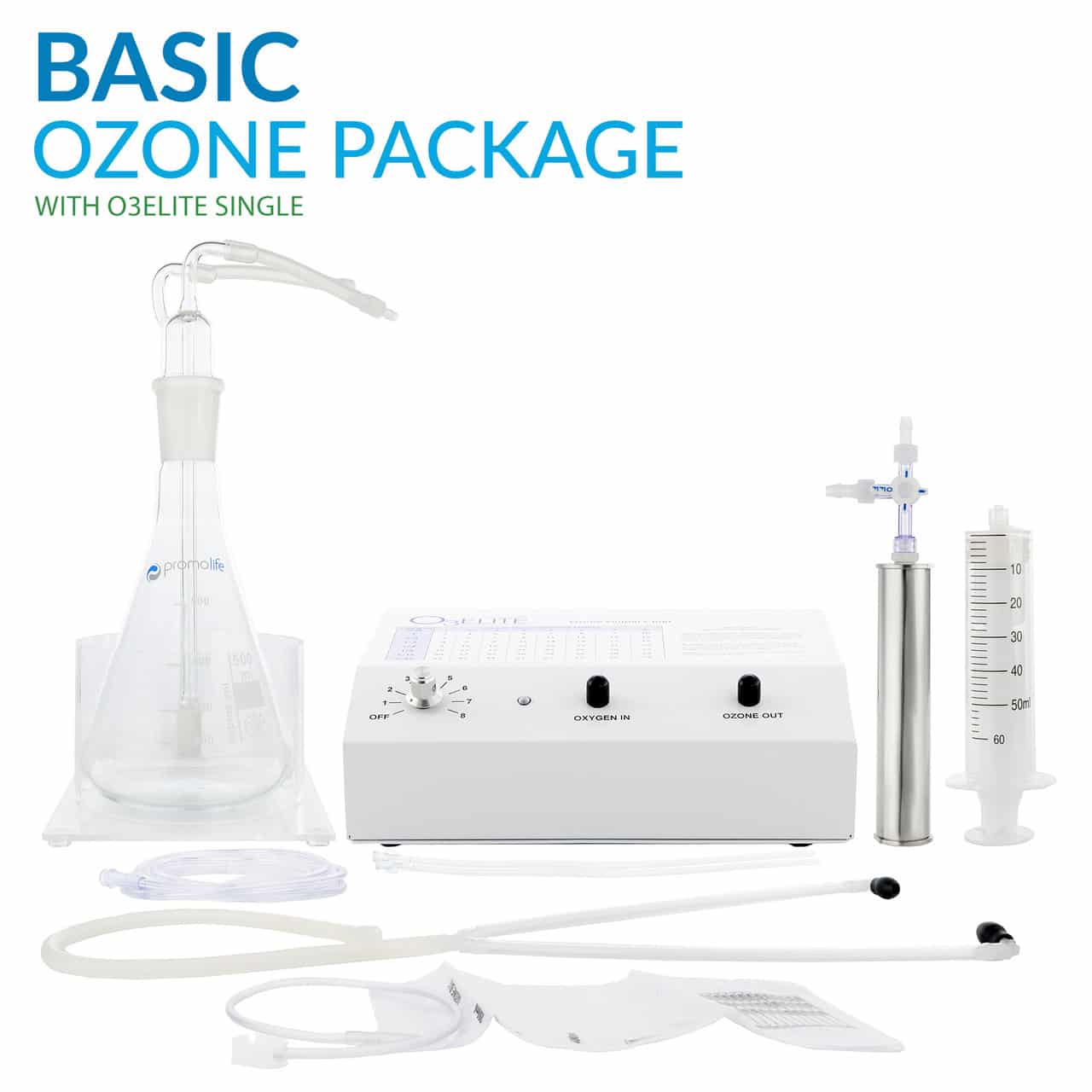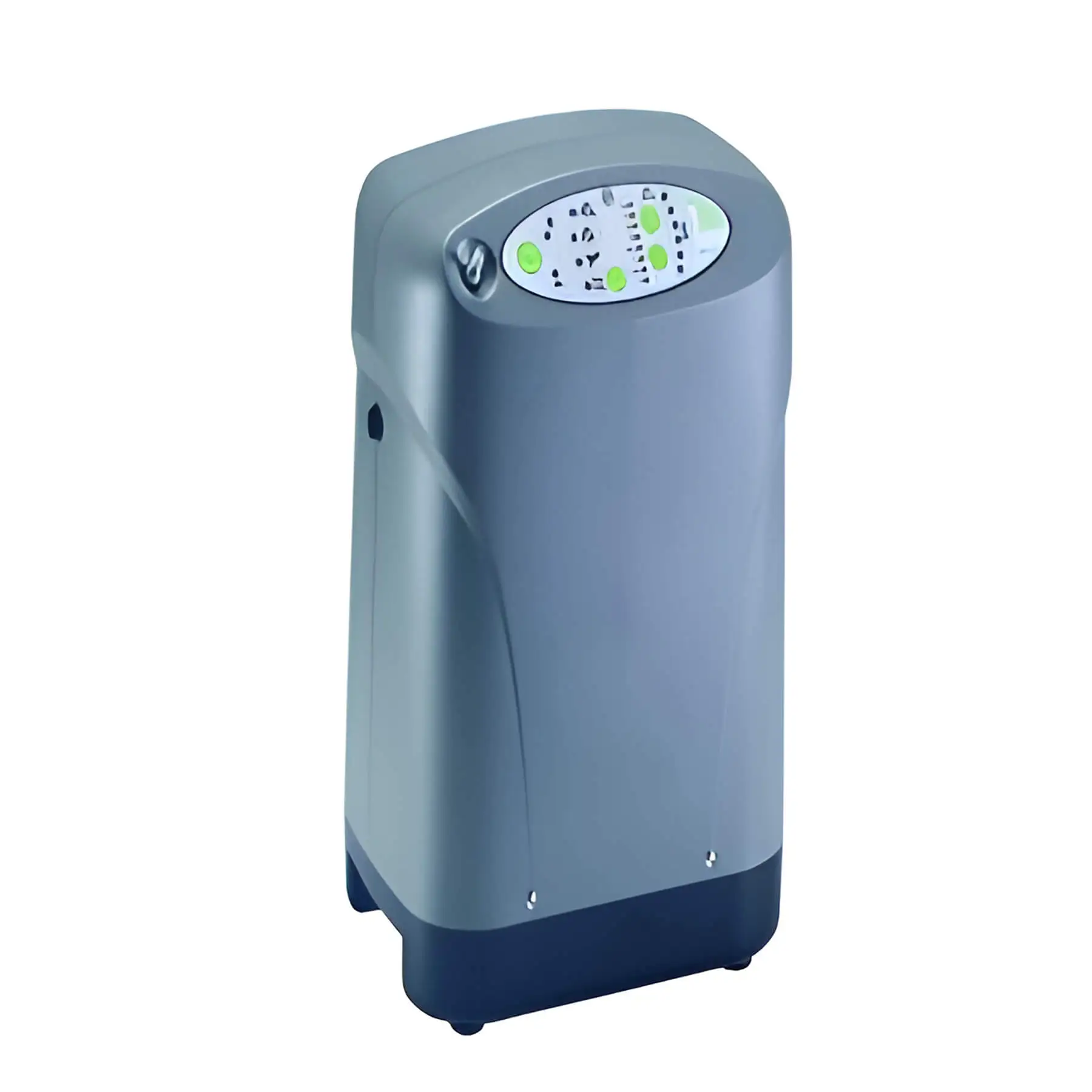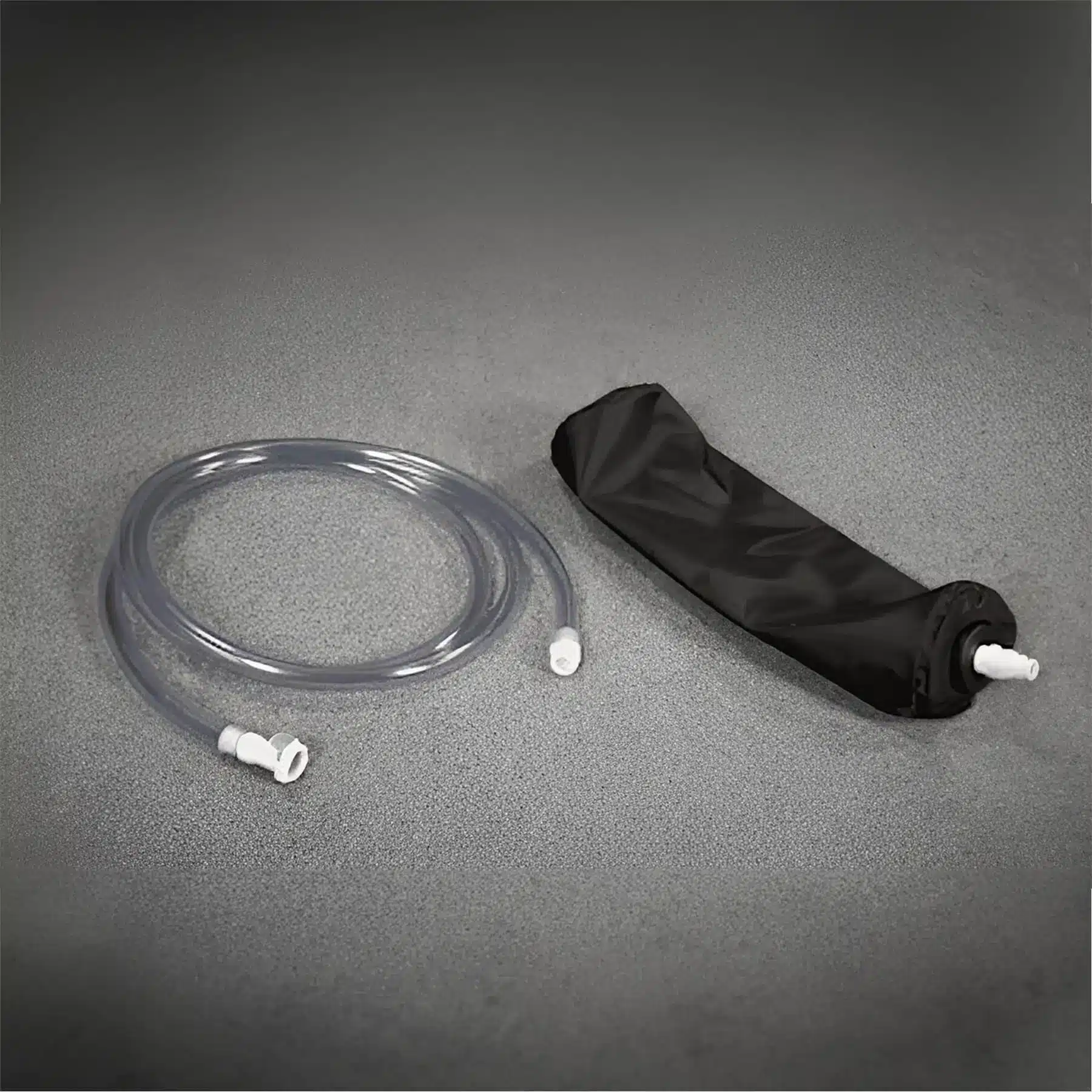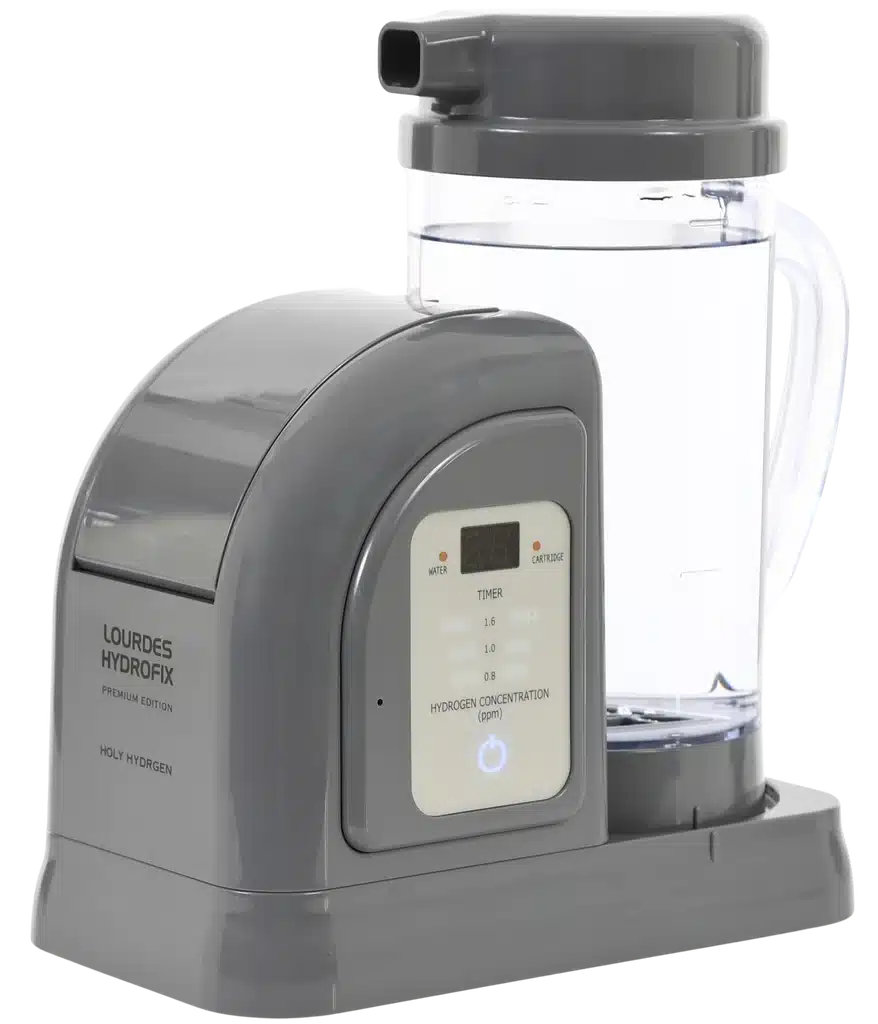In our ever-advancing society, we’ve transitioned from being “free breathers” to recognizing that there are costs associated with the air we breathe. These costs extend beyond our wallets; they affect our health, our healthcare systems, and our planet’s fragile ecosystem. The impact is both dramatic and, in some cases, perilous. After all, when the Earth suffers, so do we. We’ve become accustomed to using a slew of chemicals to combat everyday challenges, from pest control to infection prevention. But have we gone too far? Some scientists are concerned that our relentless pursuit of cleanliness may have compromised our natural immunity defenses. Our relentless pollution of the environment has also taken a toll on air quality, making us question, as Johnny once wisely said, “Don’t trust air you can’t see.” It’s high time we take a closer look at the air we breathe, our oxygen needs, and whether we’re getting enough of it.
The Vital Role of Oxygen
Oxygen is the life force behind all living things, including plants and animals. It’s not just essential for breathing; it also plays a mesmerizing role in the dazzling display of the Aurora Borealis. But for our bodies, oxygen is the key to cellular respiration and, ultimately, life itself. Every cell in our body relies on oxygen to thrive, and there’s a sophisticated system in place to ensure oxygen reaches its destination.
Hyperbaric Oxygen: A Deeper Dive
The term “hyperbaric oxygen” refers to oxygen under pressure exceeding that of one atmosphere, denoted as 1 ATA (atmosphere absolute), which is the pressure of atmospheric air at sea level. Depending on the type of chamber used, both pressure and oxygen content can vary.
Mild Hyperbaric Oxygen Therapy (mHBOT) involves elevating atmospheric pressure from 1 ATA to either 1.3 ATA or 1.5 ATA. Simultaneously, an oxygen concentrator is employed to increase the percentage of oxygen supplied to various bodily fluids, including plasma, cerebrospinal fluid, and lymphatic fluids.
Under normal circumstances, it’s the red blood cells that ferry oxygen to nourish our cells and combat infections. However, when oxygen is administered under pressure, an intriguing phenomenon occurs: oxygen rides along in the plasma (think of plasma as the body’s high-speed train), and it can carry up to ten times the usual oxygen load. This pressurized oxygen infusion leads to significantly higher oxygen levels within these bodily fluids.
The Healing Power of Oxygen
We cannot overstate the significance of oxygen when it comes to healing. It’s one of the most fundamental elements in our lives. The active form of oxygen, composed of two oxygen molecules (O2), is known as dioxide, though we often refer to it as O2. What makes oxygen truly remarkable is its unwavering commitment to defending our bodies against harm. Regardless of the insult or challenge the body faces, it responds with the same unwavering defense mechanism: the inflammatory response.
Conclusion
Understanding the profound role of oxygen in our lives and the extraordinary potential of Hyperbaric Oxygen Therapy (HBOT) is crucial. As we embark on this journey, we’ll delve deeper into the world of mild HBOT, exploring its myriad benefits for health and well-being. Join us as we uncover the secrets of this new health wave and discover how oxygen, under pressure, can unlock our body’s innate healing potential.
Source
Ronald, K. (2012) Mild HBOT, The New Health Wave. (First Edition) Ronald L. Knaus, D. O.

